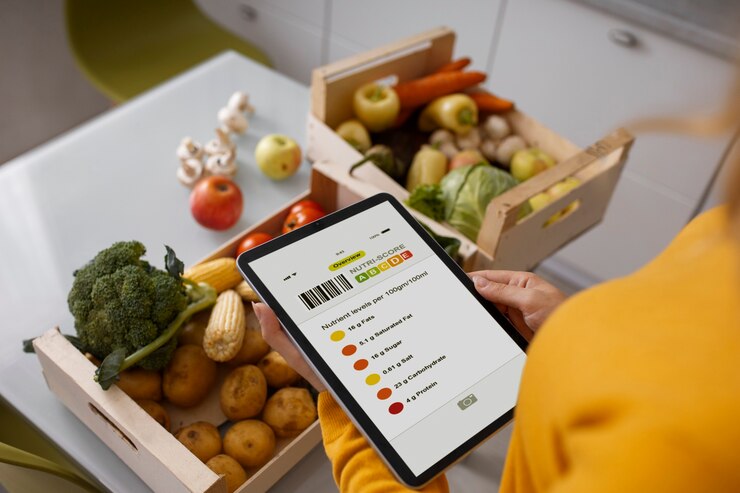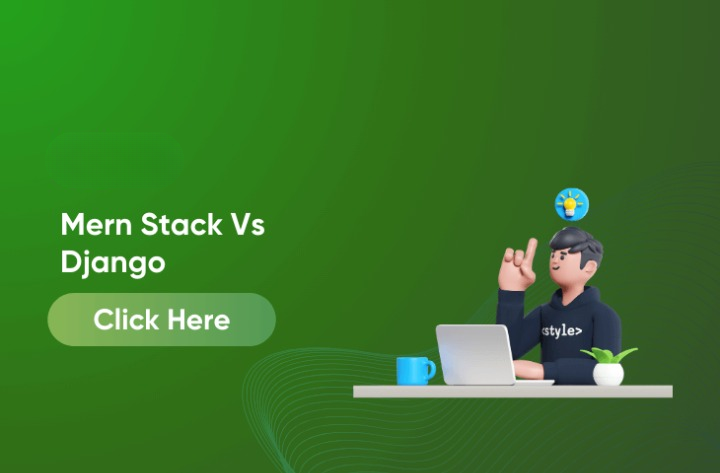In the digital transformation era, developing grocery apps has become indispensable, providing a seamless shopping experience from the comfort of our homes. Due to convenience and the rising popularity of online shopping, the demand for grocery apps increased during the COVID-19 pandemic, and this trend is still present in 2024. Developing a grocery app involves multiple stages, from ideation and planning to design, development, and launch. Here’s a comprehensive guide to help you navigate the process of grocery app development in 2024.
1. Market Research and Analysis
Before diving into development, conduct thorough market research to understand the landscape. Identify your target audience, their preferences, and the features they expect in a grocery app. Analyze your competitors to understand their strengths and weaknesses. This will help you define your unique selling proposition (USP) and ensure your app stands out in the crowded market.
2. Define the App’s Core Features
Outline the core features your app will offer based on your market research. Some essential features for a grocery app in 2024 include:
- User Registration and Profile Management: This allows users to create accounts and manage their profiles efficiently.
- Product Catalog: A comprehensive catalog with detailed descriptions, images, and pricing.
- Search and Filter Options: Advanced search functionality with filters for categories, brands, prices, etc.
- Shopping Cart and Wishlist: Enable users to add items to their cart or wishlist for future purchases.
- Order Tracking: Real-time tracking of orders from placement to delivery.
- Payment Integration: Support for multiple payment methods, including credit/debit cards, digital wallets, and BNPL (Buy Now, Pay Later) options.
- Notifications: Push notifications for order updates, promotions, and personalized offers.
- Customer Support: In-app chat support or a helpline for customer assistance.
- Loyalty Programs: Reward users with points or discounts for their purchases.
- User Reviews and Ratings: Users can review products and share their experiences.
3. Choose the Right Technology Stack
Selecting the right technology stack is crucial for the performance and scalability of your app. For a grocery app, consider the following technologies:
- Frontend Development: React Native or Flutter for cross-platform development, ensuring your app runs smoothly on iOS and Android.
- Backend Development: Node.js or Django for a robust and scalable backend.
- Database: MongoDB or PostgreSQL for efficient data management.
- Cloud Services: AWS or Google Cloud for hosting and scalability.
- Payment Gateway Integration: Stripe, or local payment gateways for secure transactions.
4. Design the User Interface (UI) and User Experience (UX)
A user-friendly and visually appealing design is essential to keeping users engaged. Focus on creating a seamless navigation flow with intuitive layouts. Ensure the app is responsive and accessible across various devices and screen sizes. Employ the best UI/UX design practices, such as minimalistic design, consistent color schemes, and clear call-to-action buttons.
5. Develop the App
With the design and features outlined, proceed to the development phase. This involves frontend and backend development, followed by integration. Here are the key steps:
- Frontend Development: Create the app’s interface based on the UI/UX design.
- Backend Development: Build the server-side logic, APIs, and database management.
- Integration: Integrate the front and backend, ensuring smooth data flow and functionality.
- Testing: Conduct rigorous testing to identify and fix bugs. Perform usability testing to ensure the app meets user expectations.
6. Quality Assurance (QA) and Testing
Quality assurance ensures your app functions correctly and provides a great user experience. Conduct various types of testing, including:
- Functional Testing: Verify that all features work as intended.
- Performance Testing: Ensure the app performs well under different conditions, such as high traffic or low bandwidth.
- Security Testing: Identify vulnerabilities and ensure the app is secure from threats.
- Usability Testing: Gather feedback from real users to refine the user experience.
7. Launch and Marketing
Once the app is thoroughly tested and ready, prepare for the launch. Create a marketing strategy to promote your app and attract users. Consider the following tactics:
- App Store Optimization (ASO): Optimize your app’s App Store and Google Play listing to improve visibility.
- Social Media Marketing: Leverage social media platforms to reach your target audience.
- Influencer Partnerships: Collaborate with influencers to spread the word about your app.
- Email Marketing: Use email campaigns to inform potential users about your app’s features and benefits.
- Paid Advertising: Invest in online ads to drive traffic to your app.
8. Gather Feedback and Iterate
After launch, actively seek user feedback to understand their needs and preferences. Use this feedback to make continuous improvements and add new features. Regular updates will keep your app relevant and ensure a positive user experience.
9. Analyze Performance Metrics
Track key performance indicators (KPIs) to measure the success of your app. Monitor metrics such as:
- User Acquisition: Number of downloads and new users.
- User Retention: Percentage of users who continue to use the app over time.
- Engagement: User interactions, session duration, and frequency of use.
- Conversion Rate: Percentage of users who make purchases.
- Customer Satisfaction: Ratings and reviews on the app store.
10. Plan for Future Enhancements
Stay ahead of the competition by continuously innovating and adding new features. Consider integrating emerging technologies like artificial intelligence (AI) for personalized recommendations, augmented reality (AR) for virtual grocery shopping, and blockchain for enhanced security.
Conclusion
Developing a grocery app in 2024 requires careful planning, a clear understanding of user needs, and the right technology. By following these steps, you can create a robust and user-friendly app that meets the demands of modern consumers. Stay focused on delivering a seamless shopping experience, and your app will potentially thrive in the competitive market. Remember, the key to success lies in continuous improvement and adaptation to evolving user preferences and technological advancements.


